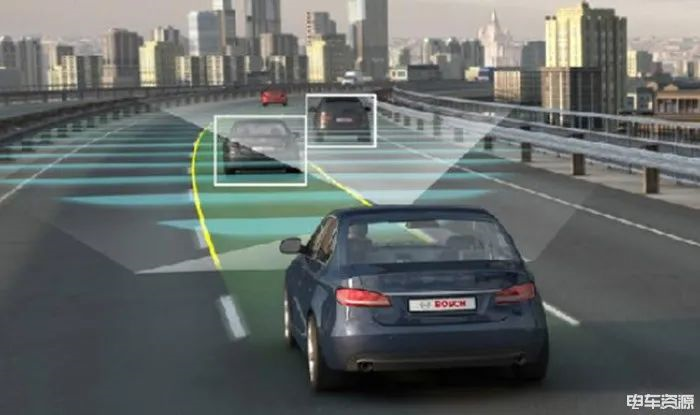Author: DianCheSen
Currently, with the continuous expansion of the cutting-edge field of autonomous driving technology, more and more autonomous driving scenarios are being widely applied. However, the accompanying safety issues have to take into account the combination of factors such as “human and car”, “car and road”, “autonomous vehicle and human-driven vehicle”, “technology and regulations”. As of April 2021, nearly 4,600 companies in China have applied for patents related to autonomous driving, with a total of more than 20,000. So, when these 20,000 patents are applied, what will be the standards that test them? In the previous issue, we had a simple understanding of autonomous driving. In this issue, we will talk about the “evaluator” in the world of autonomous driving.
Is unmanned “monitoring” reliable?
As early as 2015, due to the geographical advantage of Silicon Valley and advanced policies and regulations, California became one of the “holy lands” of the global autonomous driving industry. Whether it is an old technology company or a fresh start-up autonomous driving company, California is default as one of the automatic driving road test locations. Therefore, the Autonomous Vehicle Disengagement Reports disclosed by the California Department of Motor Vehicles (DMV) were once considered as one of the reports that government formulated and involved the most companies and quantified the strength of autonomous driving technology. The fully unmanned driving license issued by it is also recognized as one of the licenses with the highest technical content in the same field.
Note: According to relevant laws and regulations in California, companies that are permitted to test autonomous driving vehicles in California must submit a disengagement report (referring to the situation where the autonomous driving system of the autonomous driving vehicle cannot handle the current situation and must be taken over by a human driver) every January 1st, covering information from the date of the license grant to the following November 30th, which is also a part of its operating license.
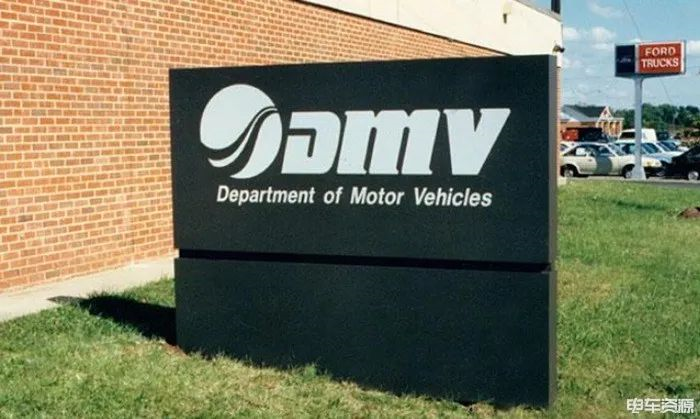
Data shows that the California Department of Motor Vehicles has disclosed the road test results of multiple autonomous driving companies for six consecutive years. Among them, in last year’s road test results report, two domestic autonomous driving companies (Auto X, Pony.ai) ranked in the top five in all data. However, as the autonomous driving industry continues to develop into deeper fields, the authenticity and reference value of DMV reports have been continuously disputed.
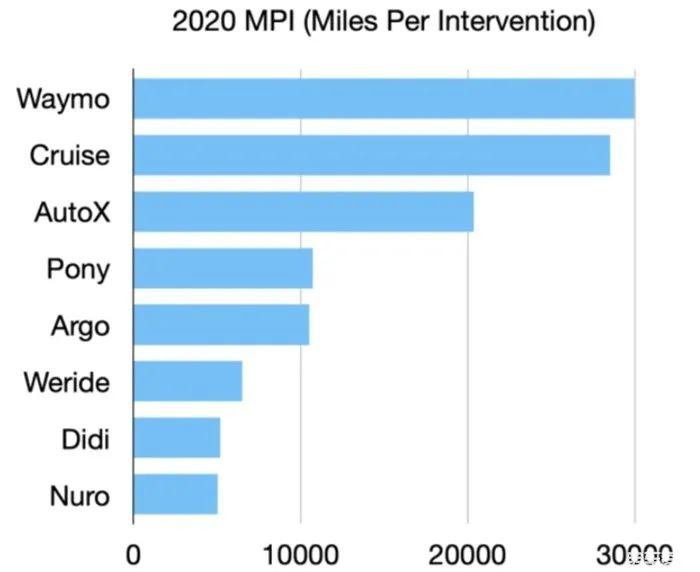
“Candidates” have different exam environmentsFirstly, DMV’s report is self-reported by each autonomous driving company, so it is difficult to verify if there is any suspicion of exaggeration or underreporting of data. After all, each company’s criteria for deciding whether to take over manually are not uniform. Some companies, for safety considerations and conservative driving, may take over more frequently, while others may be too aggressive, resulting in fewer takeovers. In addition, apart from extreme emergencies, most drivers continue to suppress themselves from taking over the steering wheel during testing, including running red lights and failing to yield to pedestrians, as these incidents are not uncommon.
Secondly, the routes tested by each company vary greatly. Running on expansive and smooth highways or sparsely populated suburbs will likely result in fewer instances of human takeover compared to the congested city centers of San Francisco or Los Angeles. Also, it cannot be ruled out that some companies may choose to test complex road conditions in other states to make their reports look more impressive, while testing simpler road conditions in California.
Therefore, this flawed report is insufficient as a reference for comparing the levels of different companies in autonomous driving technology. Hence, the DMV report can only play a “reference” role. When the DMV report is no longer the only “center of gravity,” another autonomous driving “evaluator” follows closely.
Robotxai (Autonomous driving taxis)
Over the past two years, Robotaxi’s public operations have blossomed in China. Examples include Baidu Apollo and Wenyun Zhixing in Guangzhou, AutoX in Shenzhen, and others. The autonomous driving systems that these robotic taxis carry in these cities have the ability to handle common scenarios such as identifying traffic lights, avoiding pedestrians, changing lanes, and overtaking, making zero takeovers as mentioned earlier already industry standards.
According to data analysis, Baidu Apollo and other autonomous driving companies have obtained a total of more than 200 test licenses for human-carrying tests in first-tier cities such as Beijing, Guangzhou, and Shanghai. These companies have obtained corresponding licenses in the areas of operation shown in the above image. At present, Pony.ai and Baidu Apollo have already achieved true “unmanned driving” in Guangzhou and California by withdrawing the safety staff for unmanned passenger testing and operation. Of course, other autonomous driving companies have also entered the testing phase of withdrawing their safety staff.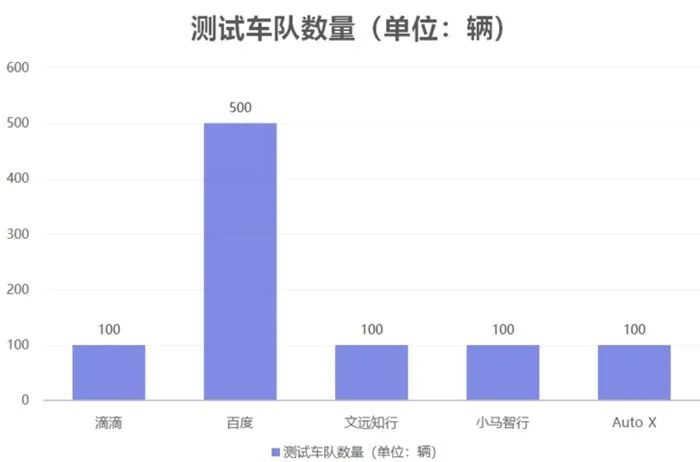
As of December 2020, according to official disclosures and public information, the size of the self-operated fleets, led by Baidu Apollo, has reached 500 vehicles, and the fleets of other companies also have considerable numbers. After all, the advancement of Robotaxi is not so fast these days, it needs to go through strict road testing, trial operation, and then the unmanned ODD (operation) area, and finally achieve commercialization.
However, the number of cities where Robotaxi lands and the size of the fleet can only be regarded as a supplement to evaluate other capabilities, and cannot measure the goodness or badness of technology itself. After all, a gentle brake and a dizzying brake cannot be intuitively felt in the scale of a team. But it can be certain that Robotaxi is more effective than DMV reports in demonstrating the maturity of autonomous driving technology, and it is also the highest-level product that the public can personally experience autonomous driving, and it is also trending towards the ultimate form of autonomous driving.
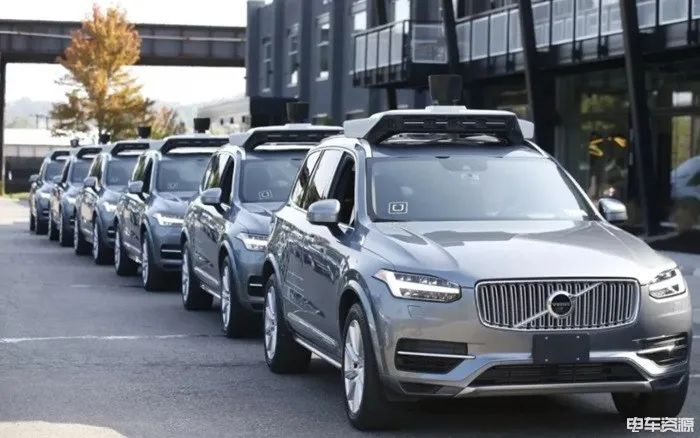
In conclusion
There is currently no standardized measure for evaluating autonomous driving technology in the industry. Whoever’s technology can land and form, gain government recognition (road test license, road sections open), and transform into commercial products, can occupy a certain voice in the industry. However, for the public, the only way to evaluate autonomous driving technology is to experience it by really taking the car.
This article is a translation by ChatGPT of a Chinese report from 42HOW. If you have any questions about it, please email bd@42how.com.
